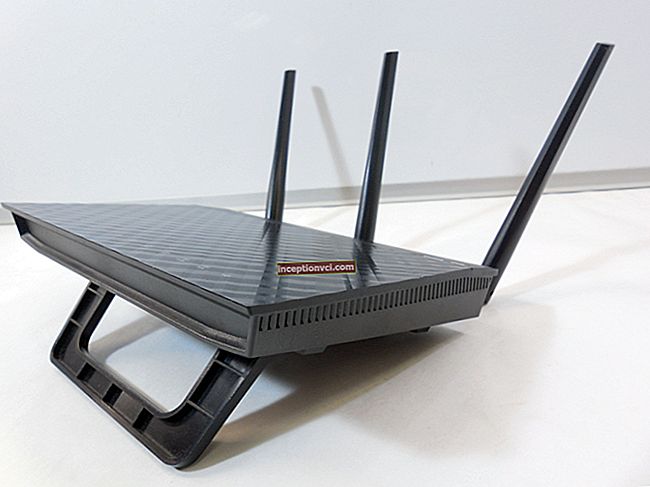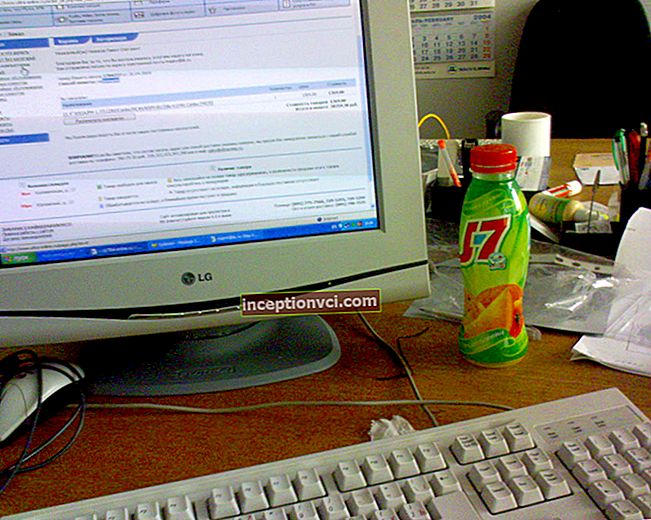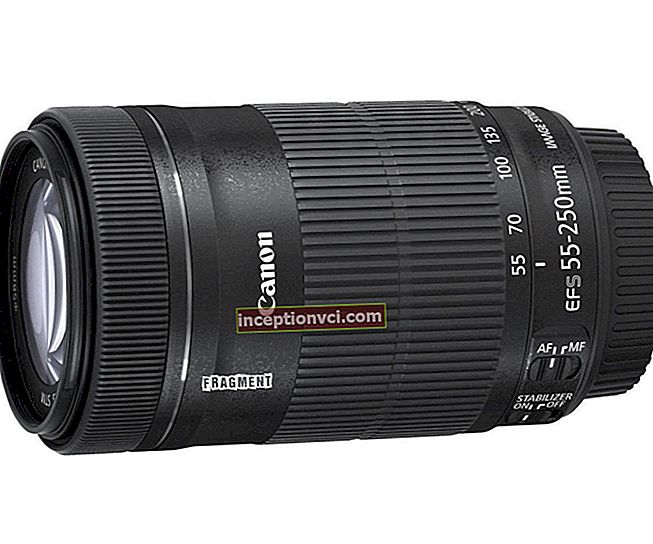Kazan is not the same. And the porridge in it is different in taste, and the cooking time is different. The reason is in the material and shape of the vessel.
- Wide, hemispherical, with a rounded bottom warms up more evenly. It is designed to be cooked on a fire or on a stand - if cooked on a hotplate. It is the narrowed bottom, wide top and thick walls from 4 mm (they keep heat longer) that are ideal for pilaf.
- Flat-bottomed units are designed to be cooked on the stove top. The optimal volume is 7-8 liters. In such a cauldron, you can cook pilaf for 8 people. Yes, so as to feed them to the dump.

Cast iron is good for extinguishing
A cast iron cauldron takes longer to heat up. But when it warms up, it keeps warm for a long time. Due to this feature, the food in it is not fried, steamed, but languishes. And the more often you cook in it, the tastier the food becomes. Cast iron itself is covered with a non-stick crust, nothing burns in it. The most savory pilaf and porridge are obtained exclusively in a cast-iron cauldron. The meat gradually comes to a condition, the cereals slowly swell and soften.
Advantages of a cast-iron cauldron:
- warms up evenly,
- keeps warm for a long time,
- food does not burn in it,
- cast iron does not oxidize,
- it has an unlimited service life, it will even serve your grandchildren.
Disadvantages:
- heavy.
The aluminum cauldron is good for cooking fish soup and porridge
Lightweight aluminum, convenient to take on a hike. It cooks food faster than in a cast iron pot. But the effect of languishing in it is possible only at low heat - on a fire or on a stove. Aluminum heats up quickly, and unevenly, and cools down quickly.

Rumor has it that after cooking in an aluminum Kazan, food should be eaten immediately, or transferred to an enamel pan. Otherwise, the metal will oxidize and spoil the dish. In fact, when cooking, a film forms on the walls, which prevents food from burning and prevents the release of harmful substances. The only thing is that you cannot put such a cauldron on a glass-ceramic hob - stains will remain.
Advantages of an aluminum cauldron:
- easy.
Minuses:
- leaves stains on glass ceramics,
- aluminum is heated unevenly, food can burn.
A tight-fitting lid to the cauldron is an important point. Because when the dish is languishing, steam should not escape.
- Cast iron covers are heavy. It is inconvenient to raise and lower them, the hand gets tired. But the most offensive thing is that they heat up for a long time. While the lid is gaining temperature, the food gives off heat to it. Therefore, the cooking process is delayed. And if you do not let the porridge brew, the cereals often turn out to be stuck together. To avoid this, place hot coals on the cast iron lid. Then the food will cook faster and it will have a special taste.

- Aluminum covers are lightweight. They heat up quickly, but they give off heat just as quickly.
- The Uzbeks value wooden lids. Wood is a good thermal insulator (the warmest houses are wooden). It perfectly absorbs moisture, which evaporates during the cooking process.
How to ignite a cauldron
Cauldrons of different materials are cared for in different ways. Aluminum is enough to wash with soapy water and rinse.
But cast iron will have to be looked after more carefully.
- First, rinse the cast iron cauldron and put it on fire.
- Add 2 cups of salt (or more, depending on the volume) and burn the pot for 20 minutes until the metal changes color.
- Then pour in the salt, and grease the hot cauldron with a HB-shnoy cloth dipped in sunflower oil. When the cauldron is well saturated with salt, let it cool down. Never pour cold water into a hot cauldron. It can crack. When the pan has cooled down, rinse it off with a hard sponge.
- Now set the "taste" to the cauldron.Wipe the walls with half an onion. Repeat this procedure 3-4 times.
- First grease the walls of the cauldron with oil, → then rub them with an onion, → remove the remaining oil with paper. This will create a good non-stick layer.
At the end of the preparation of the cast-iron cauldron for use, pour clean water into it to the brim and boil it.
That's all, the cauldron is ready for use.
Read: "How to Make a Cooler Bag"
Watch the video on how to process a cast-iron cauldron in a different way









